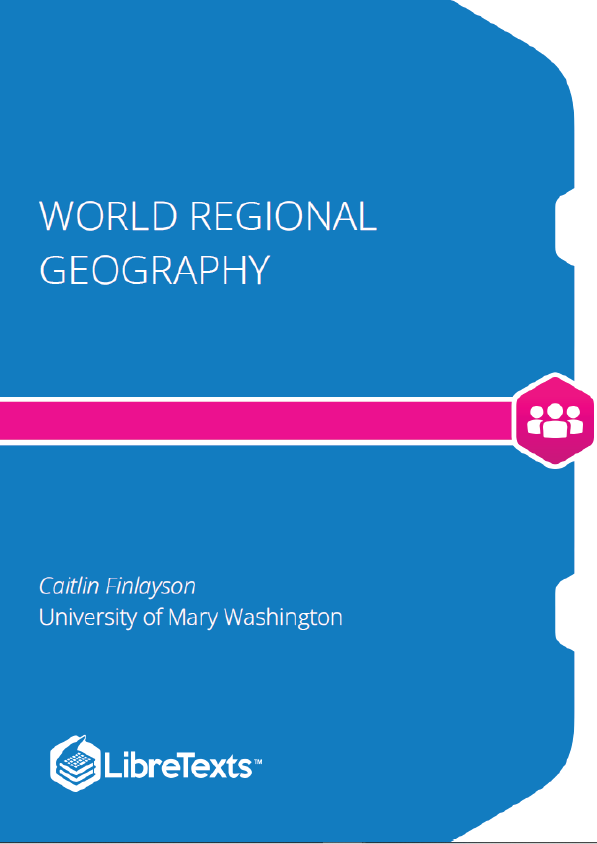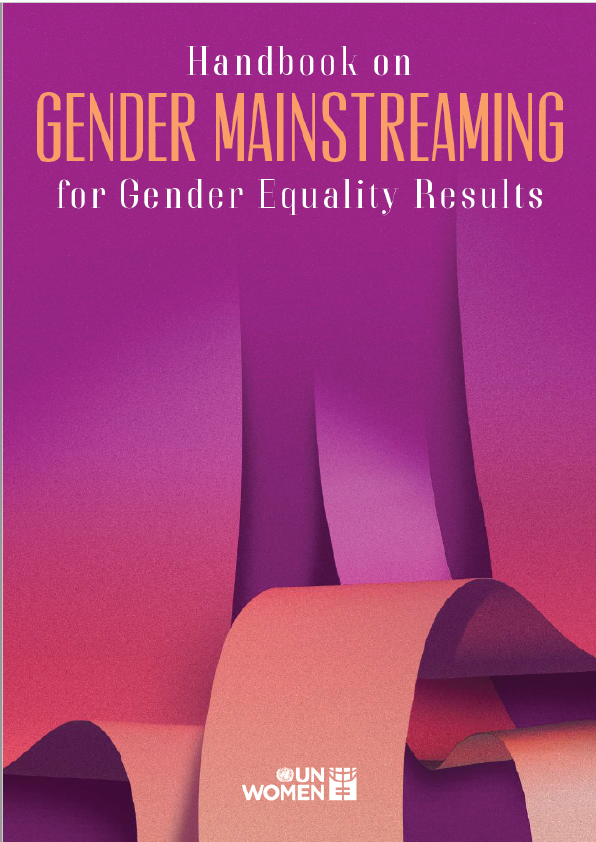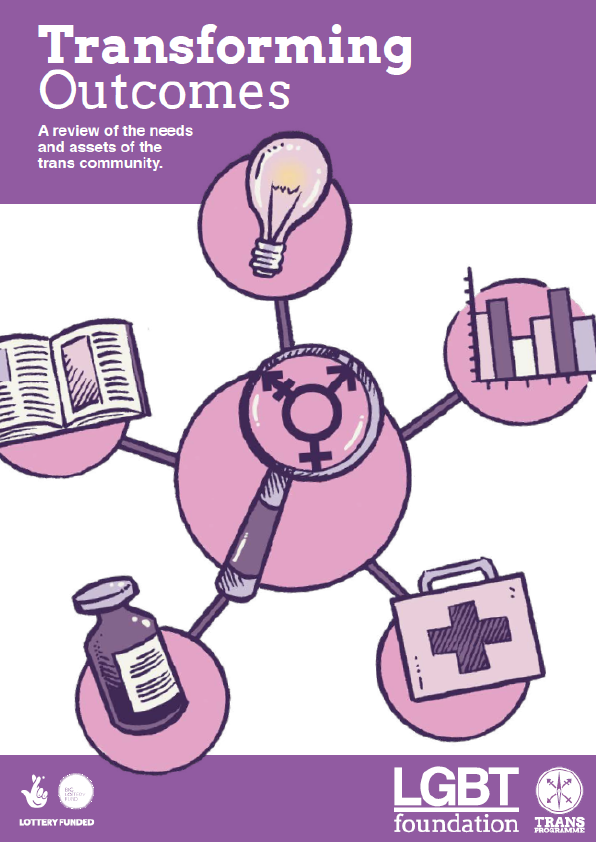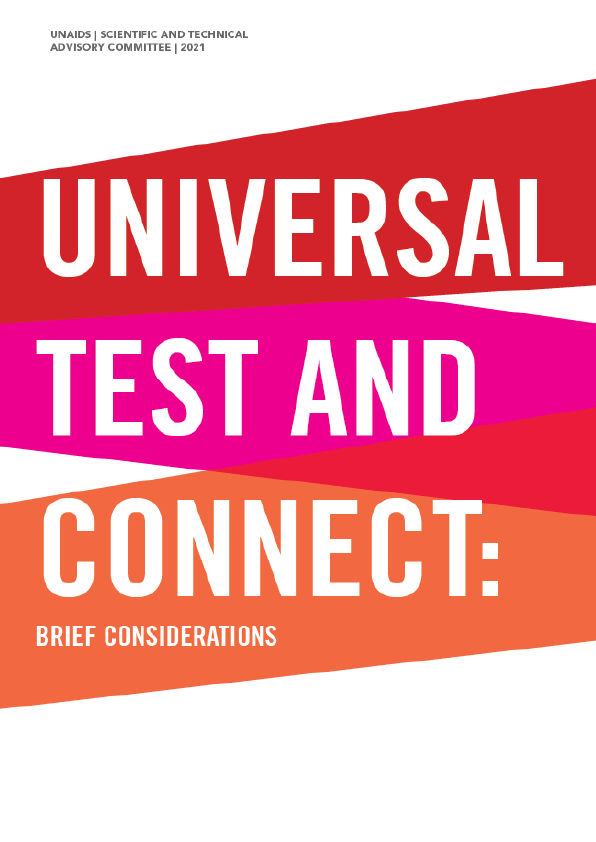Rather than present students with a broad, novice-level introduction to geography, emphasizing places and vocabulary terms, this text approaches geography as experts understand the discipline, focusing on connections and an in-depth understanding of core themes. This thematic approach, informed by pedagogical research, provides students with an introduction to thinking geographically. Instead of repeating the same several themes each chapter, this text emphasizes depth over breadth by arranging each chapter around a central theme and then exploring that theme in detail as it applies to the particular region. In addition, while chapters are designed to stand alone and be rearranged or eliminated at the instructor’s discretion, the theme of globalization and inequality unites all of the regions discussed. This core focus enables students to draw connections between regions and to better understand the interconnectedness of our world. Furthermore, the focus on both globalization and inequality helps demonstrate the real-world application of the concepts discussed. Colonialism, for instance, rather than a historical relic, becomes a force that has shaped geography and informs social justice. This thematic approach is also intended to facilitate active learning and would be suitable for a flipped or team-based learning-style course since it more easily integrates case studies and higher-order thinking than the traditional model.
What is “geography”? It might seem like a simple enough term to define. In middle school or high school, your answer might have been something to do with the study of maps, of where things were located in the world. In fact, much of primary and secondary school geography is explicitly focused on the where, answering questions like where a particular country is located, what a country’s capital is, and where major landforms are located. Just as simple arithmetic operations form the backbone of mathematics as a discipline, these kinds of questions are foundational to geographic study. However, one wouldn’t likely define math as the study of calculators or of multiplication tables. Similarly, there is much more to geography and geographic inquiry than the study of maps.
Geographers seek to answer both the “where” and the “why.” Simply knowing where a country is located is certainly helpful, but geographers dig deeper: why is it located there? Why does it have a particular shape, and how does this shape affect how it interacts with its neighbors and its access to resources? Why do the people of the country have certain cultural features? Why does the country have a specific style of government? The list goes on and on, and as you might notice, incorporates a variety of historical, cultural, political, and physical features. This synthesis of the physical world and human activity is at the heart of the regional geographic approach.











